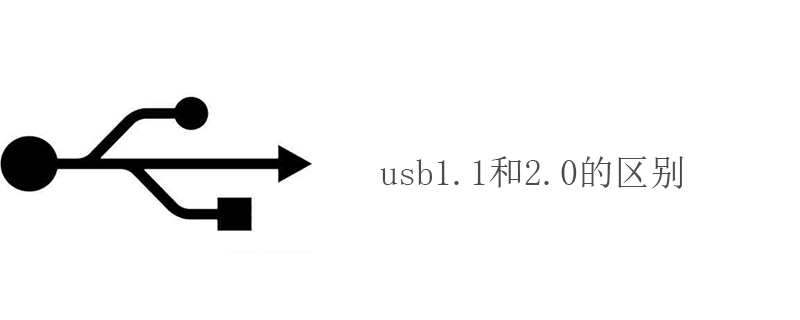

USB1.1 has two modes: 1.5Mbit/s and 12Mbit/s. In addition to being compatible with the first two modes, USB2.0 also adds 480Mbit/s (60MB/s ).
The maximum theoretical transfer rate of the USB1.1 interface specification can reach up to 12 Mbps/s. When converted into bytes we often come into contact with, it is 12 Mbps/s divided by 8 = 1.5MByte/s. The actual transmission speed is 800KByte/s.
The maximum theoretical transmission rate of the USB2.0 interface specification is up to 480Mbps/s. If converted into bytes we often come into contact with, it is 480Mbps/s divided by 8 = 60MByte/s. The actual transmission speed is 20MByte/s.
USB2.0 transfer speed is about 40 times faster than USB1.1. Nowadays, most U disks also use USB2.0 technology. Since the capacity of U disks is getting larger and larger, it is difficult to transfer large files when transferring large files. The advantages of the USB2.0 interface are fully realized, so if you buy a USB flash drive now, you must choose one with the USB2.0 interface standard.
The above is the detailed content of The difference between usb1.1 and 2.0. For more information, please follow other related articles on the PHP Chinese website!




